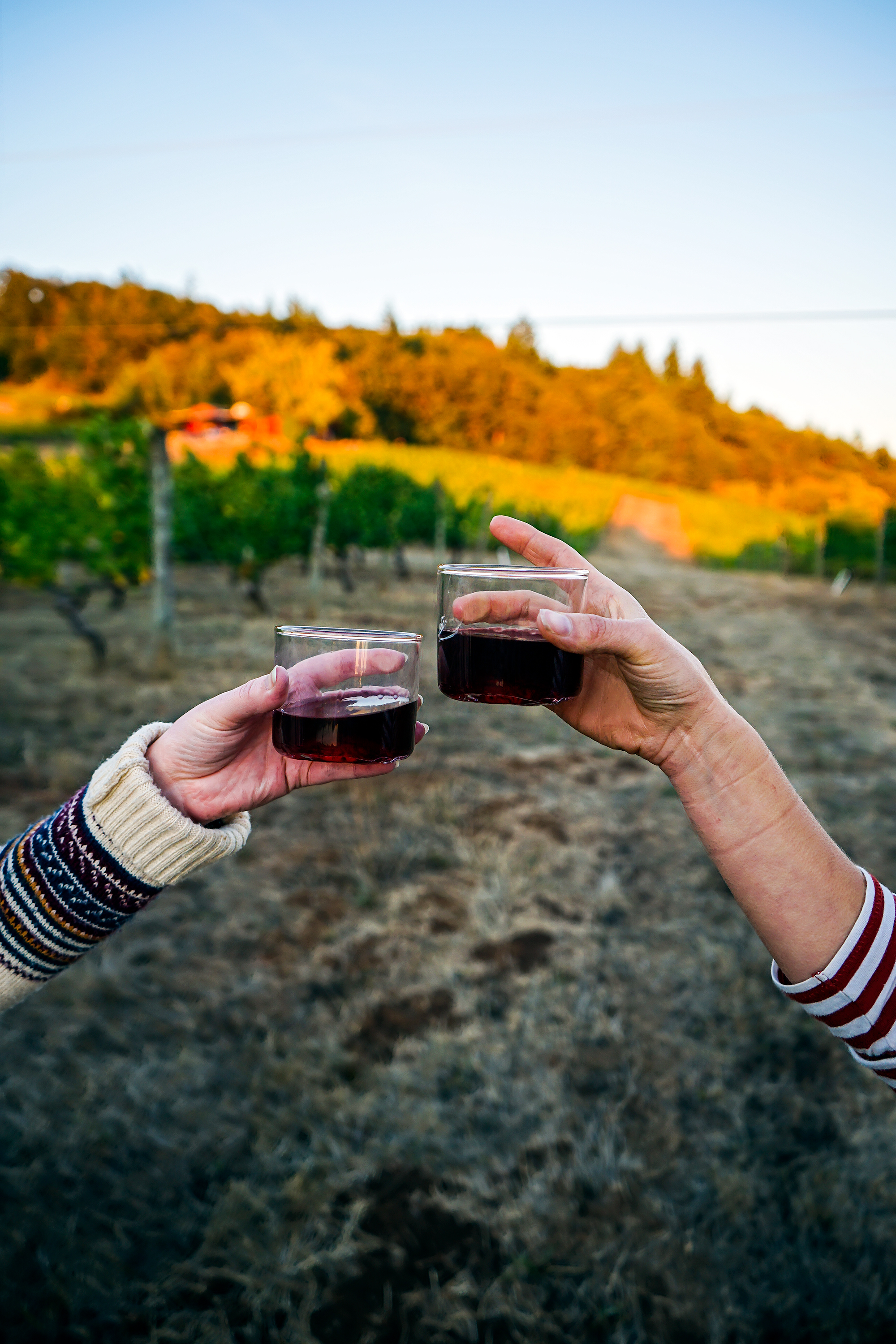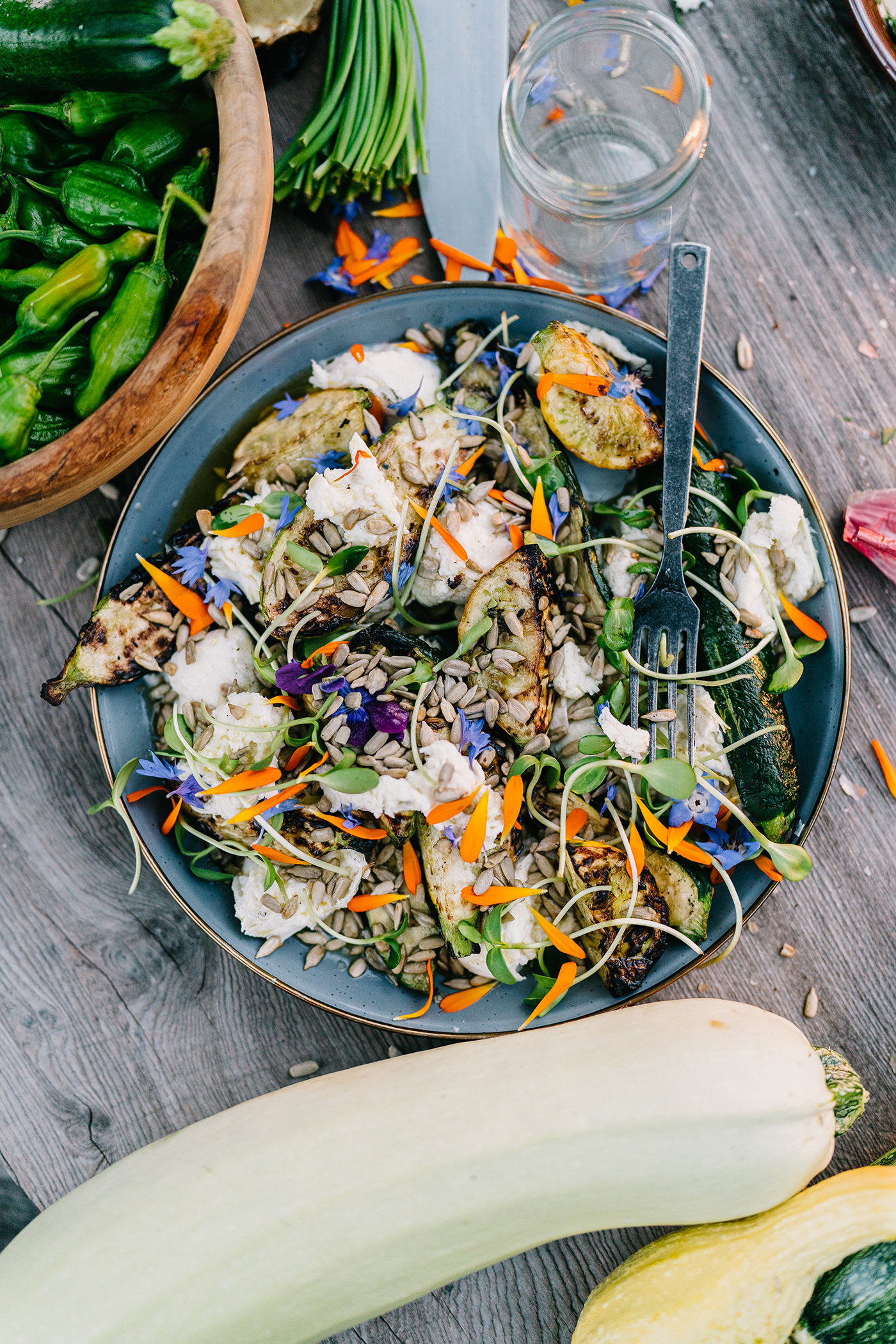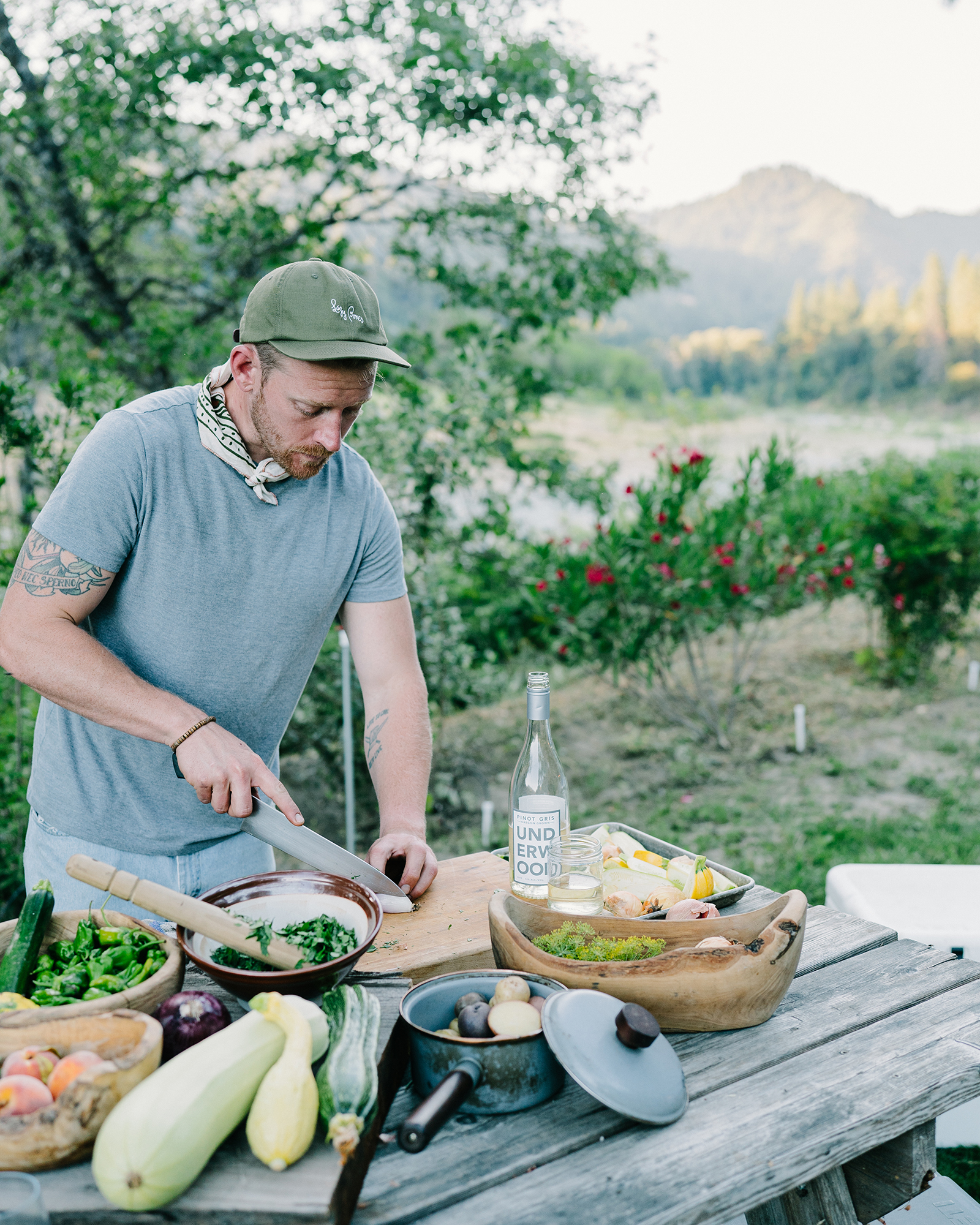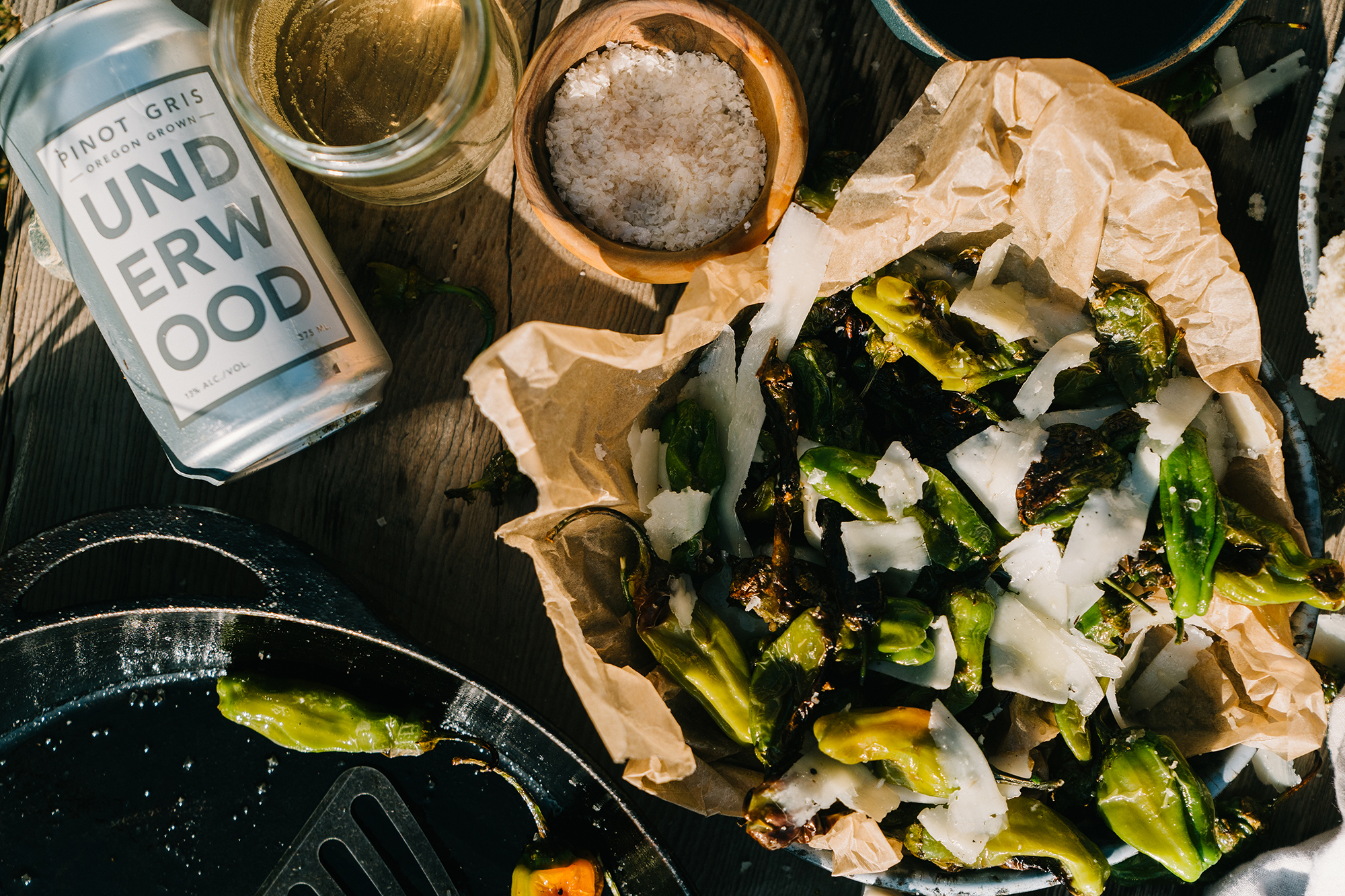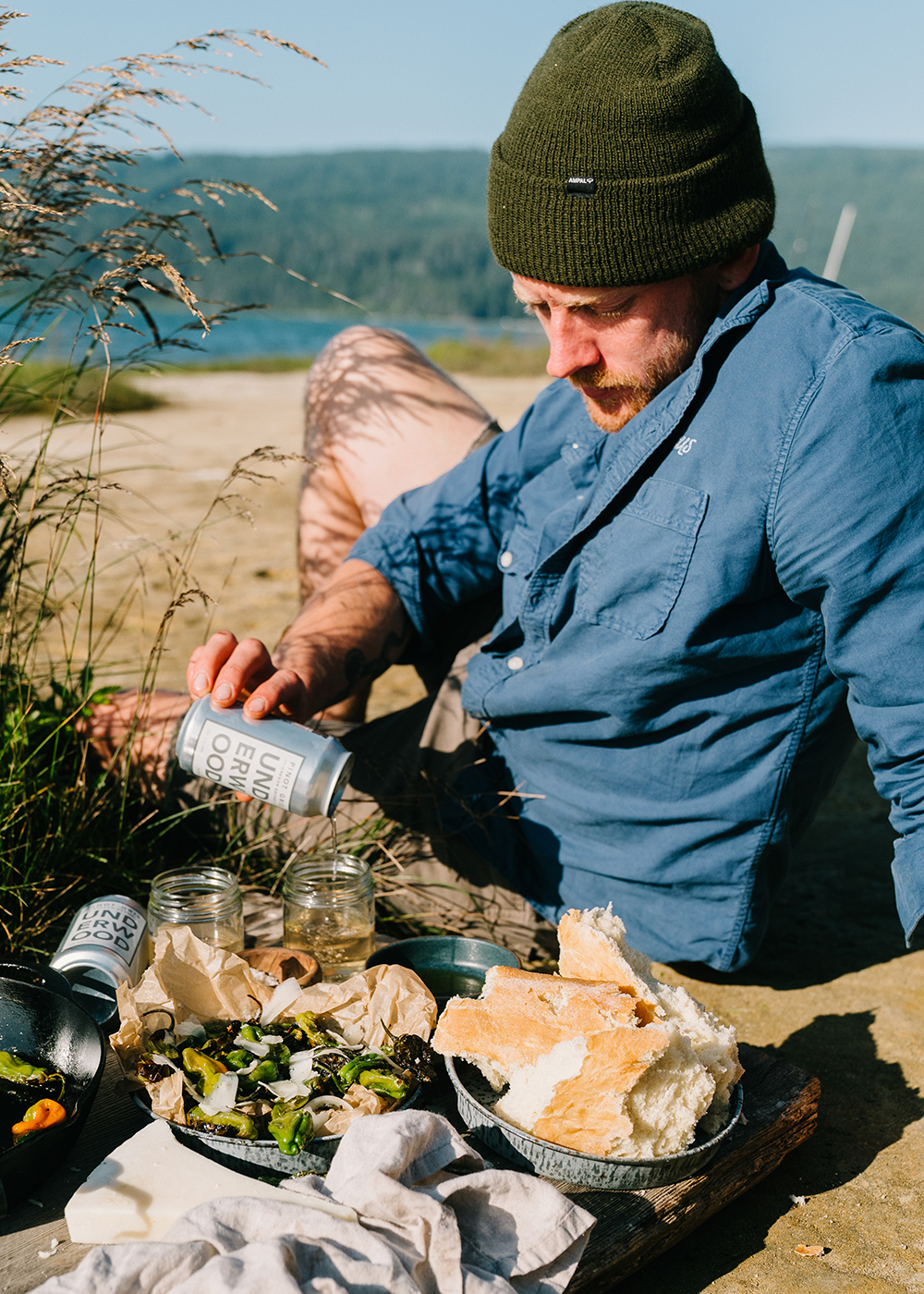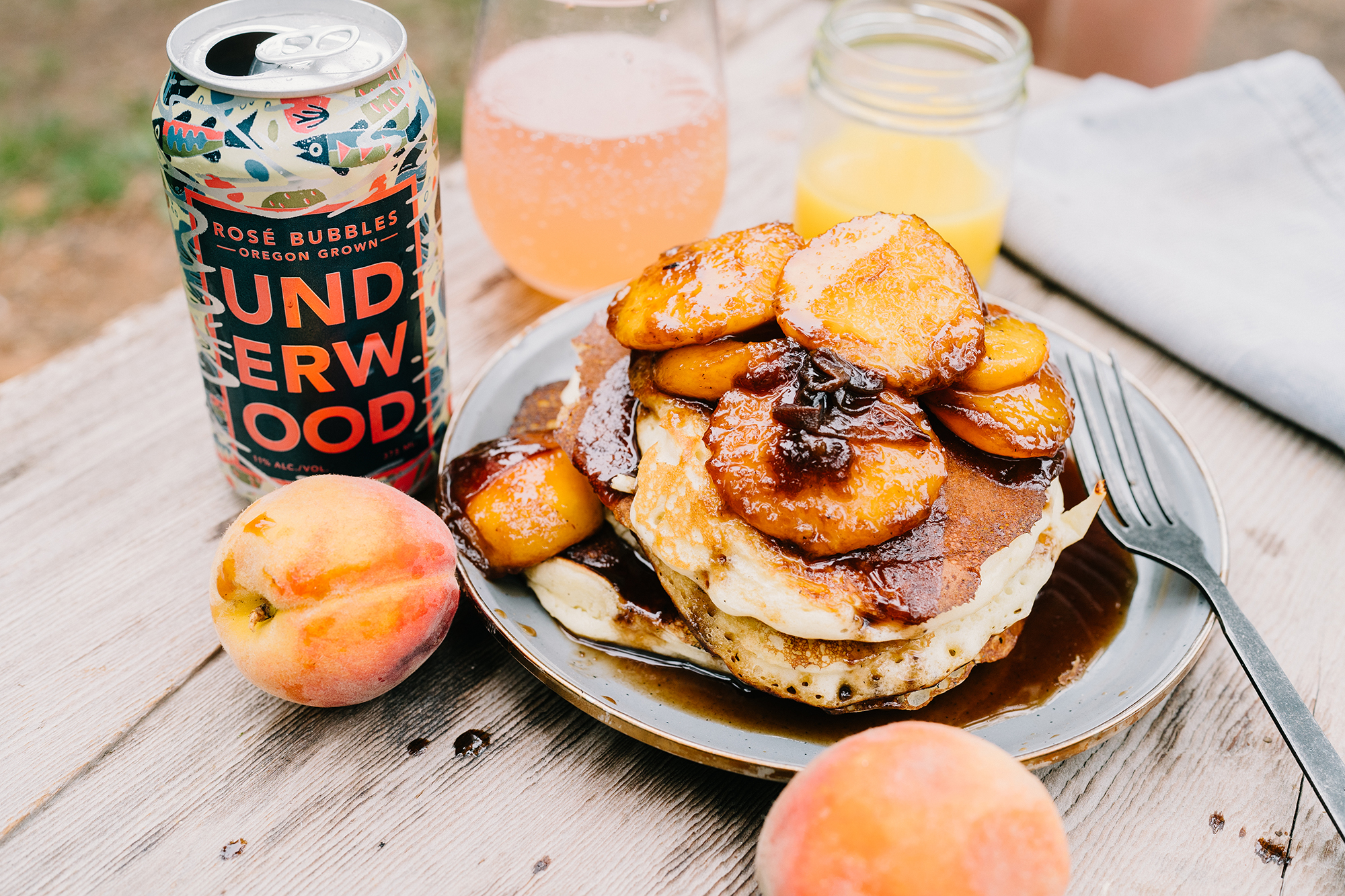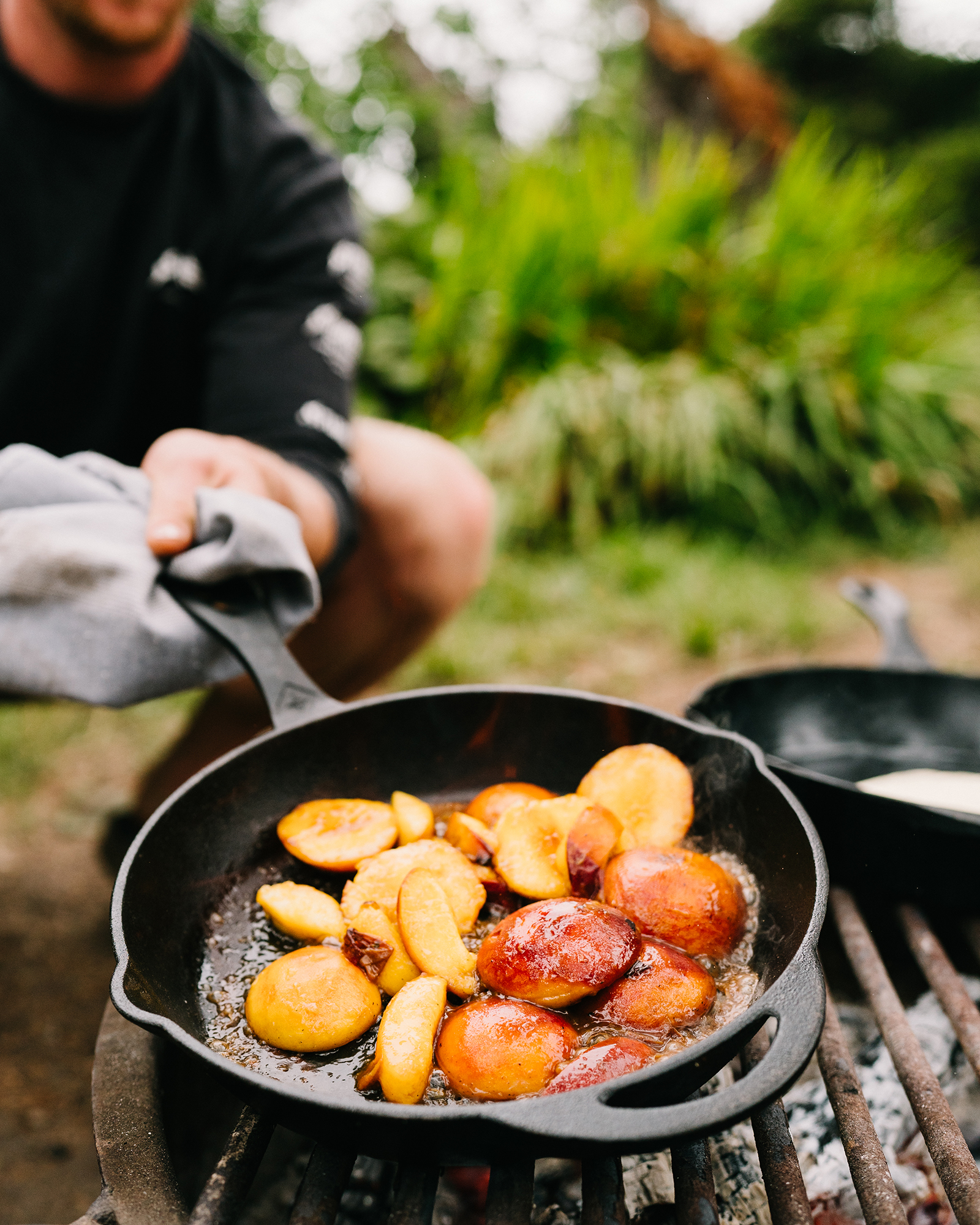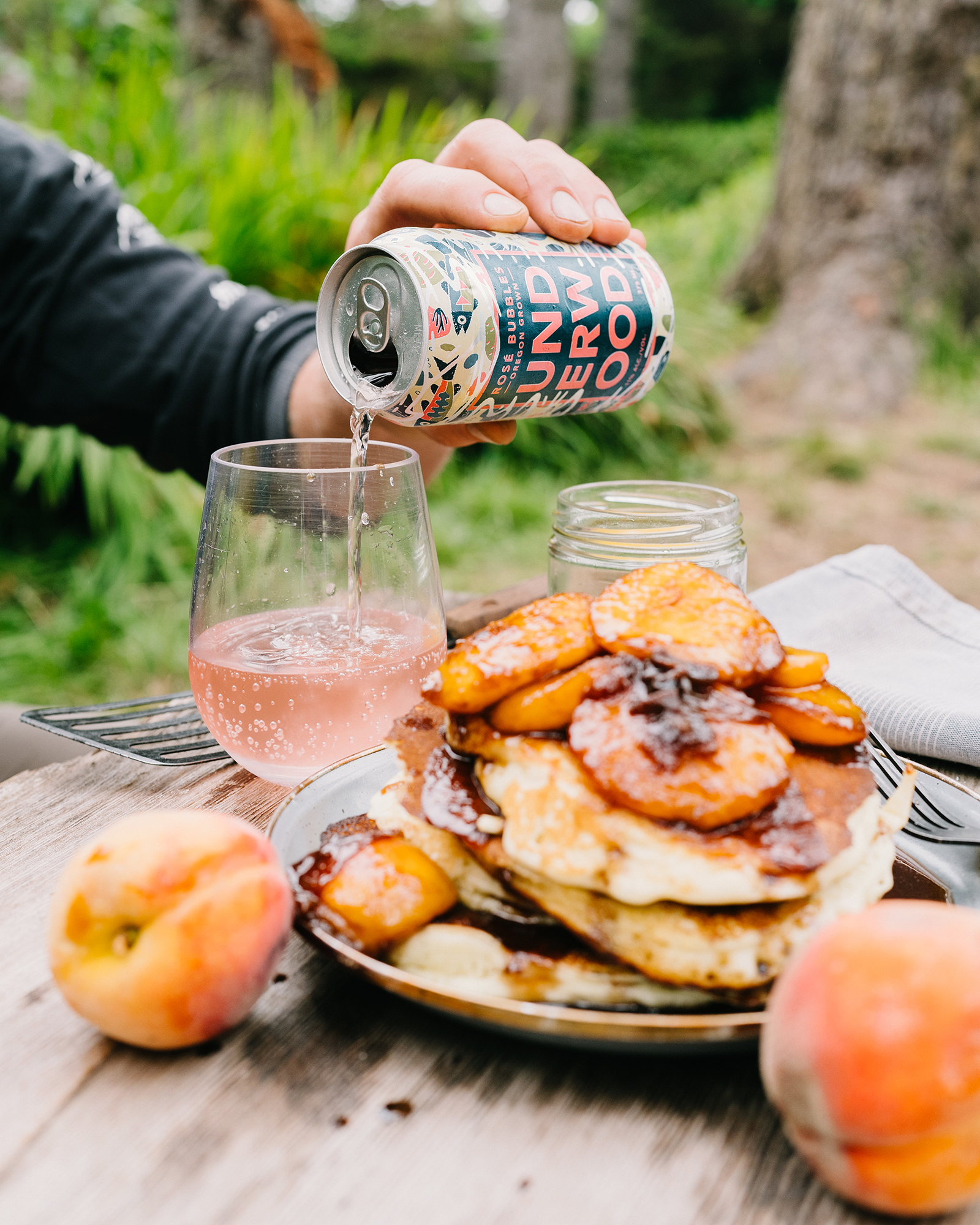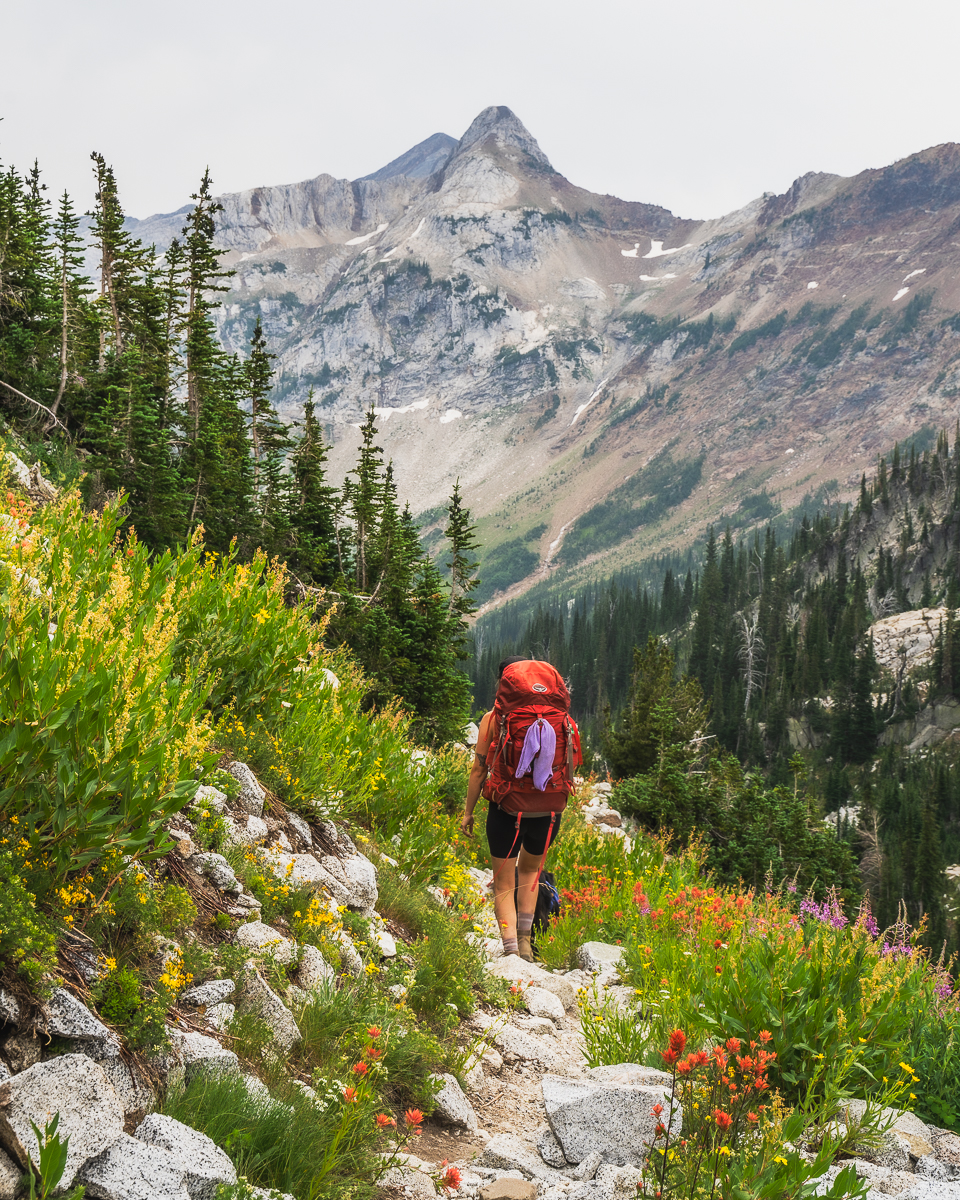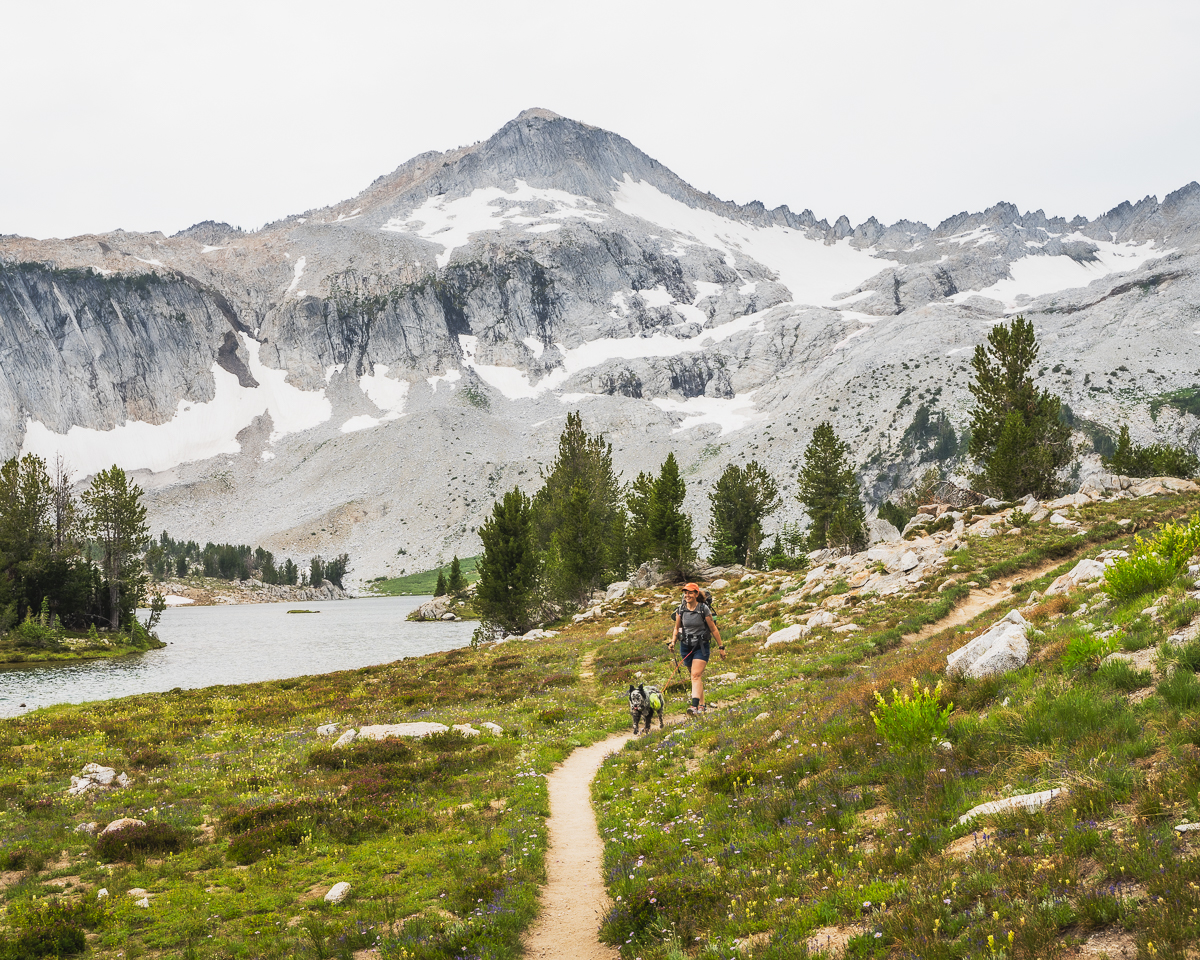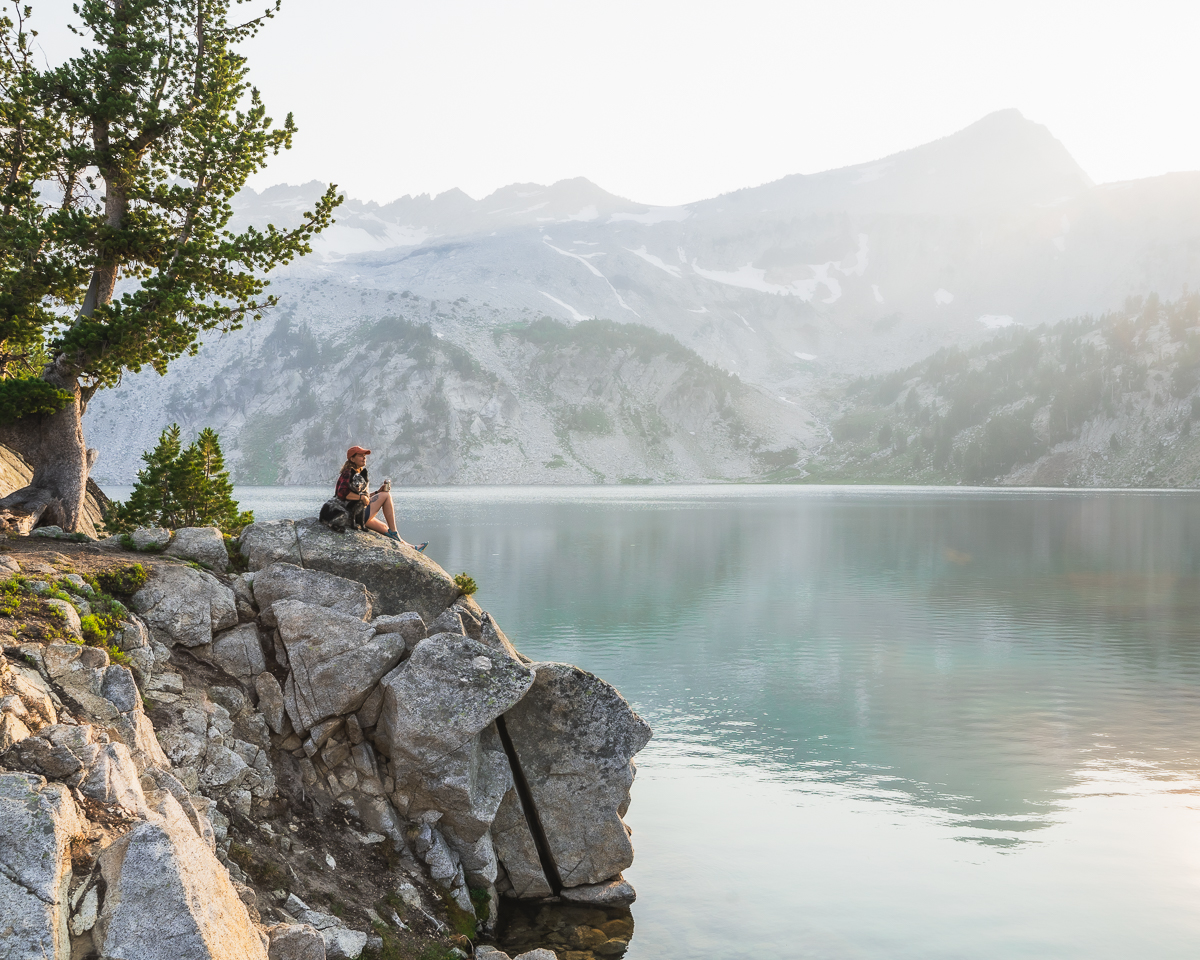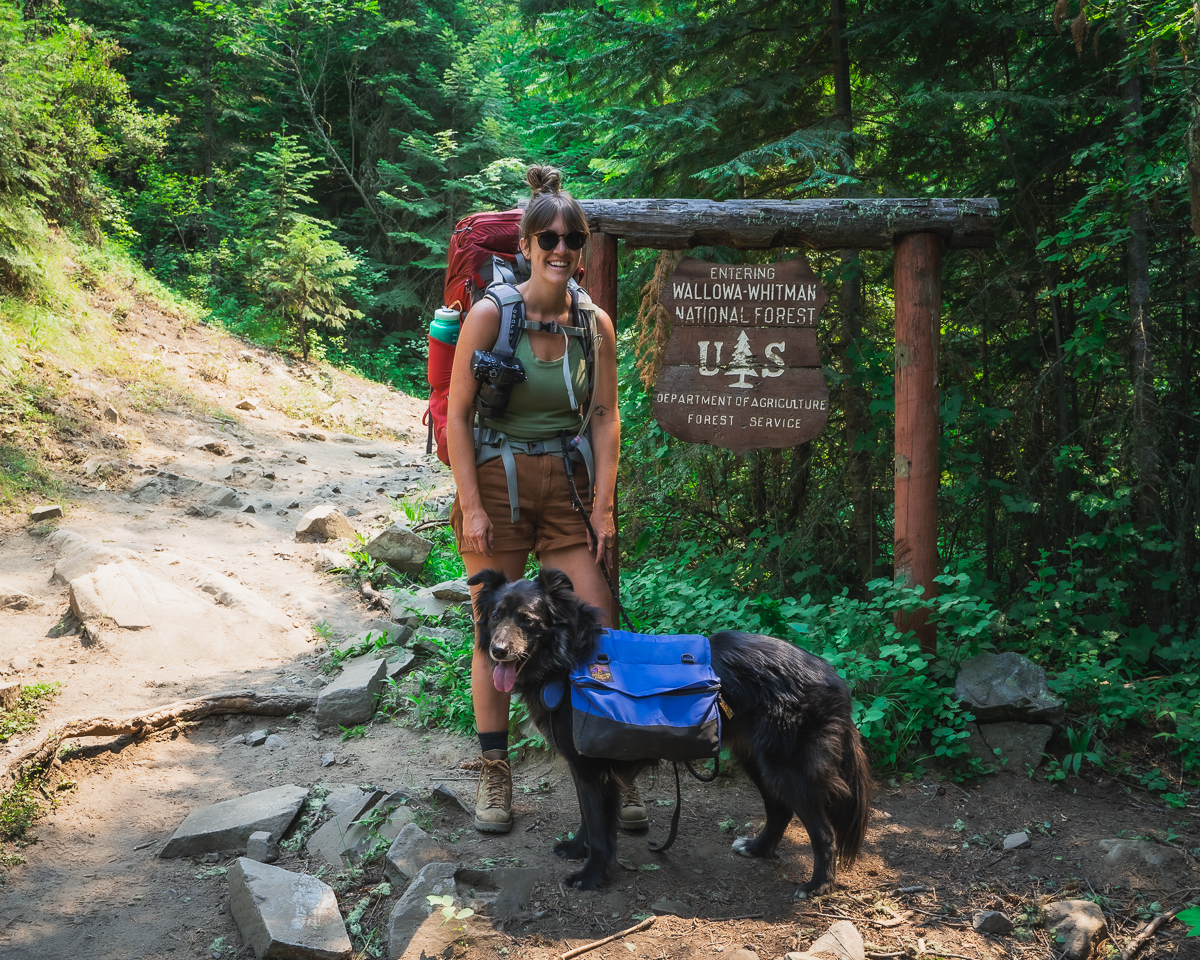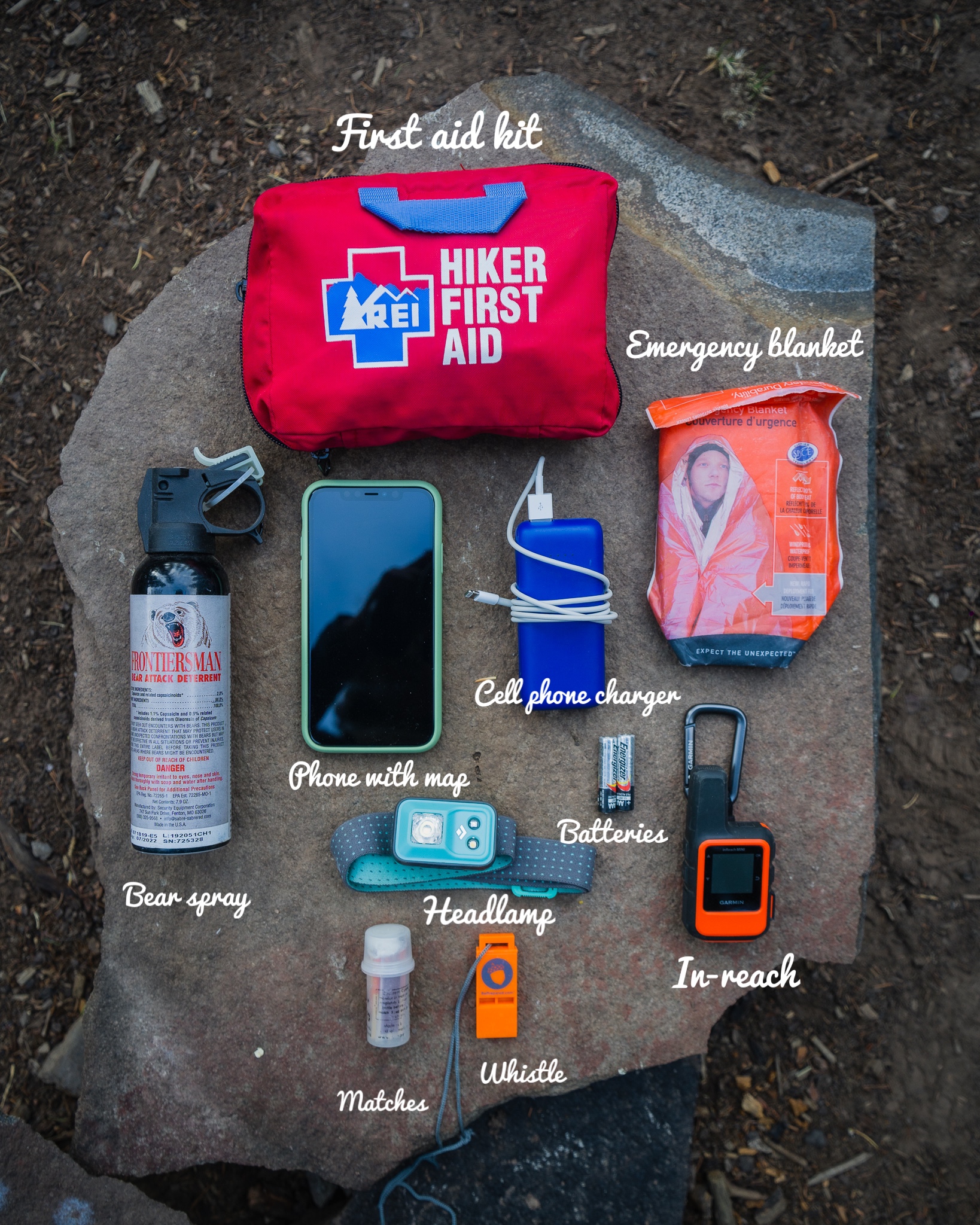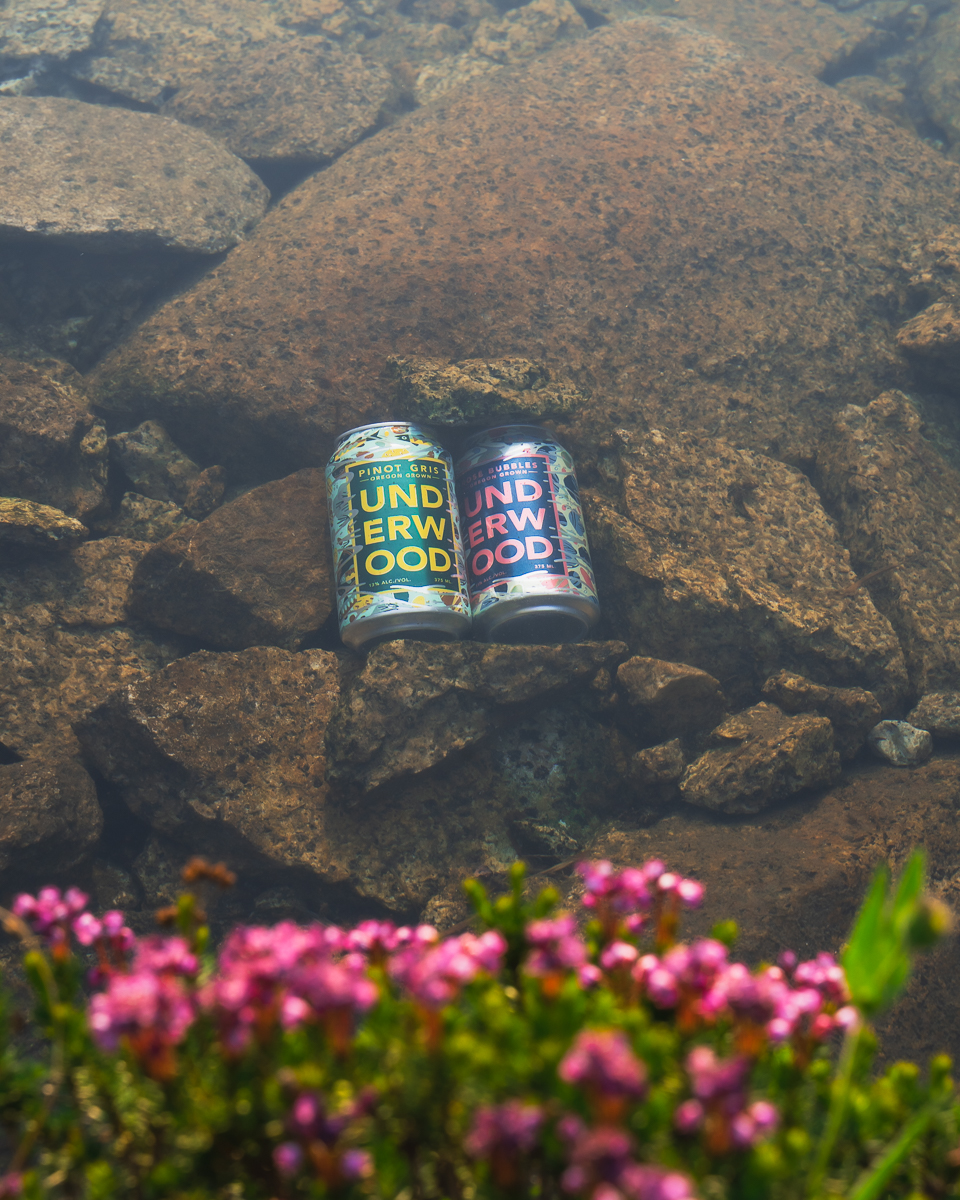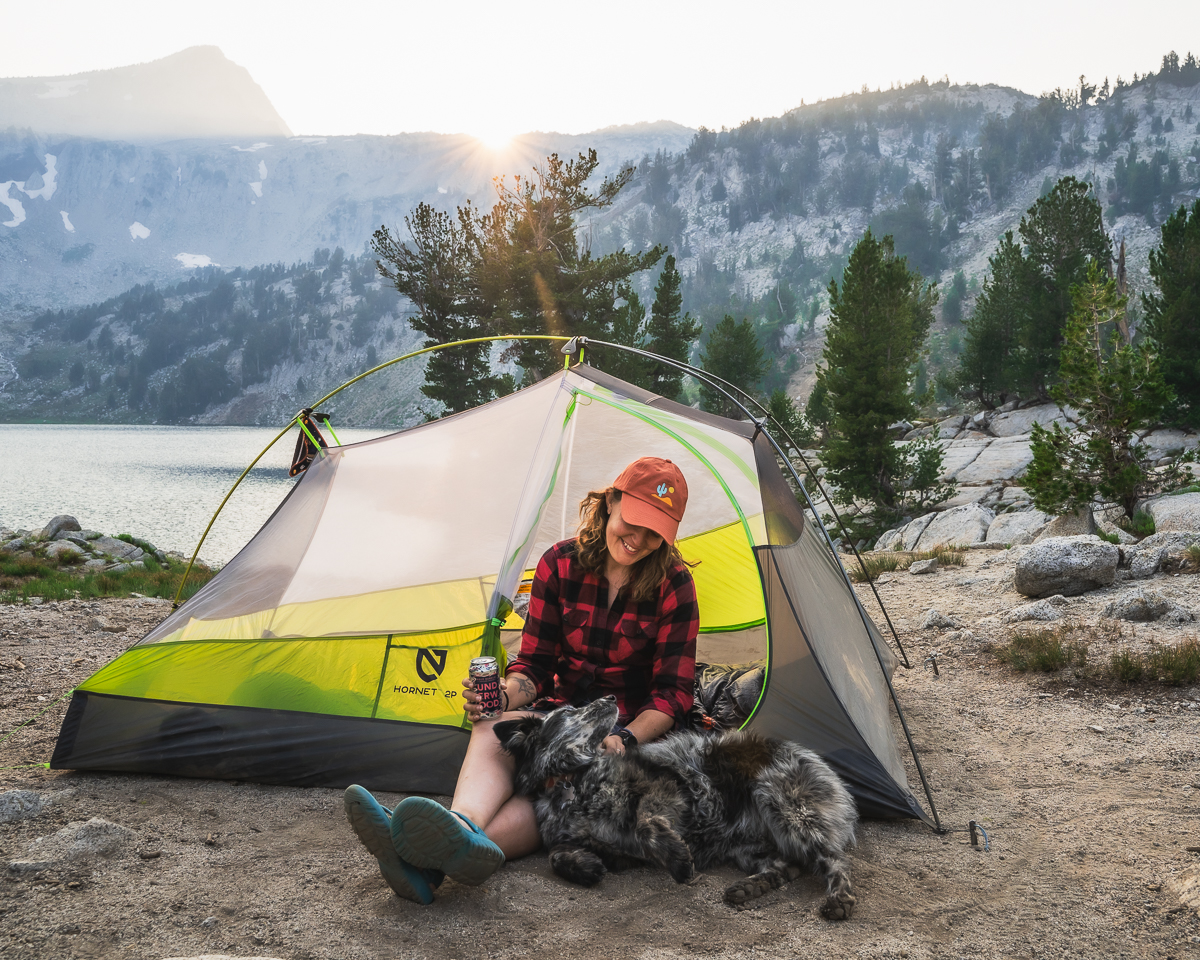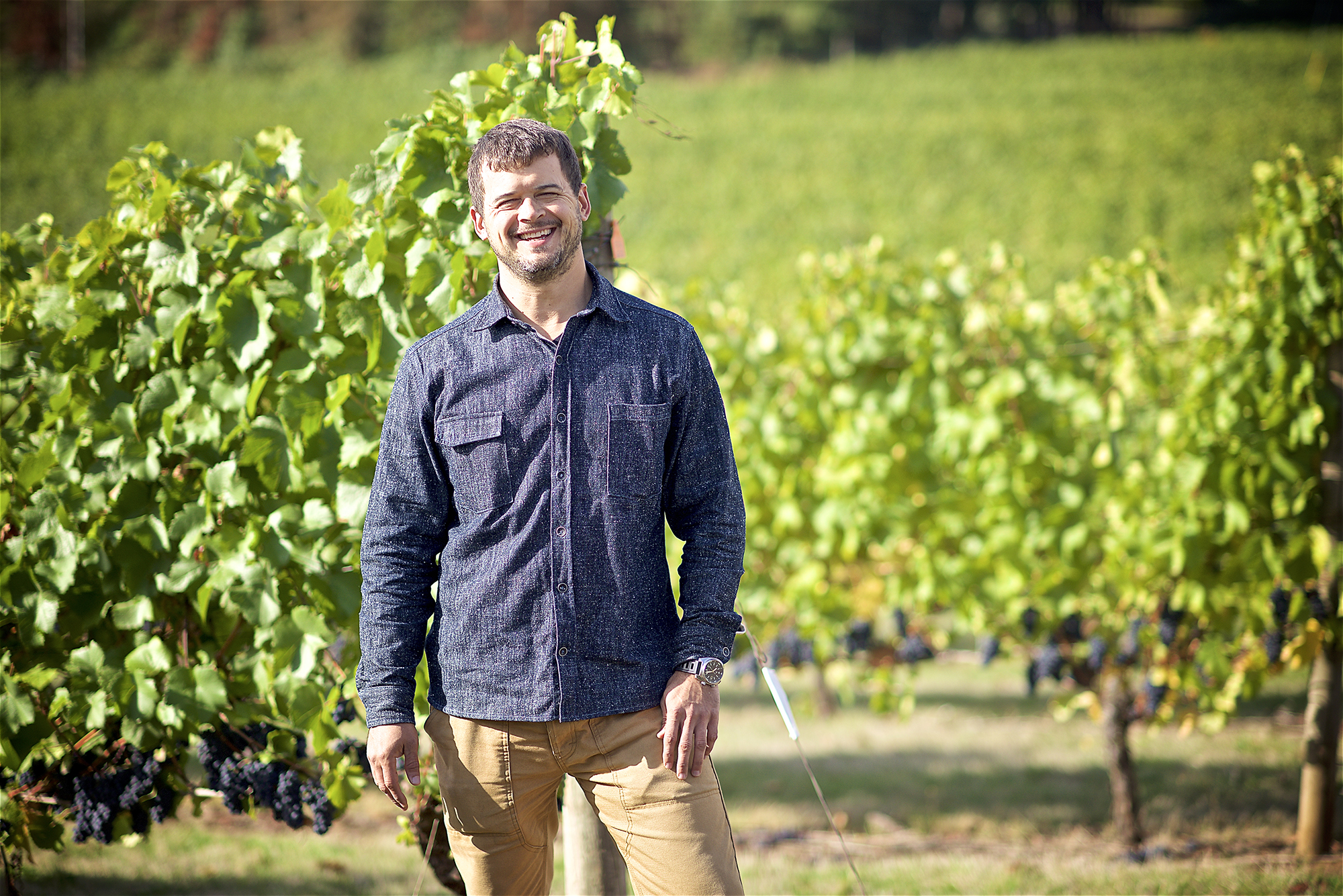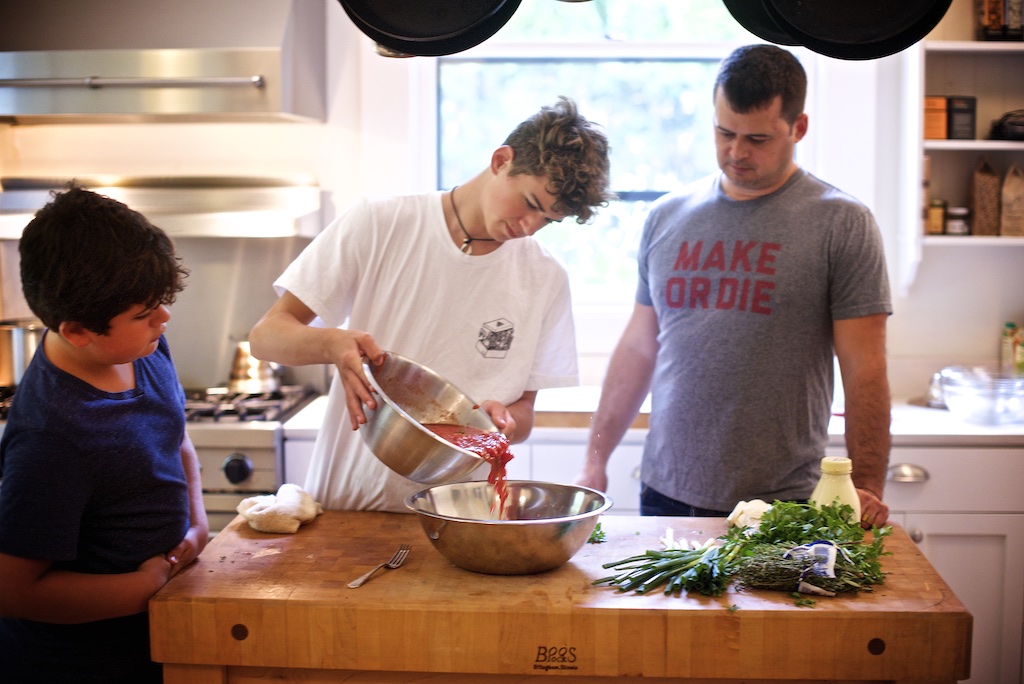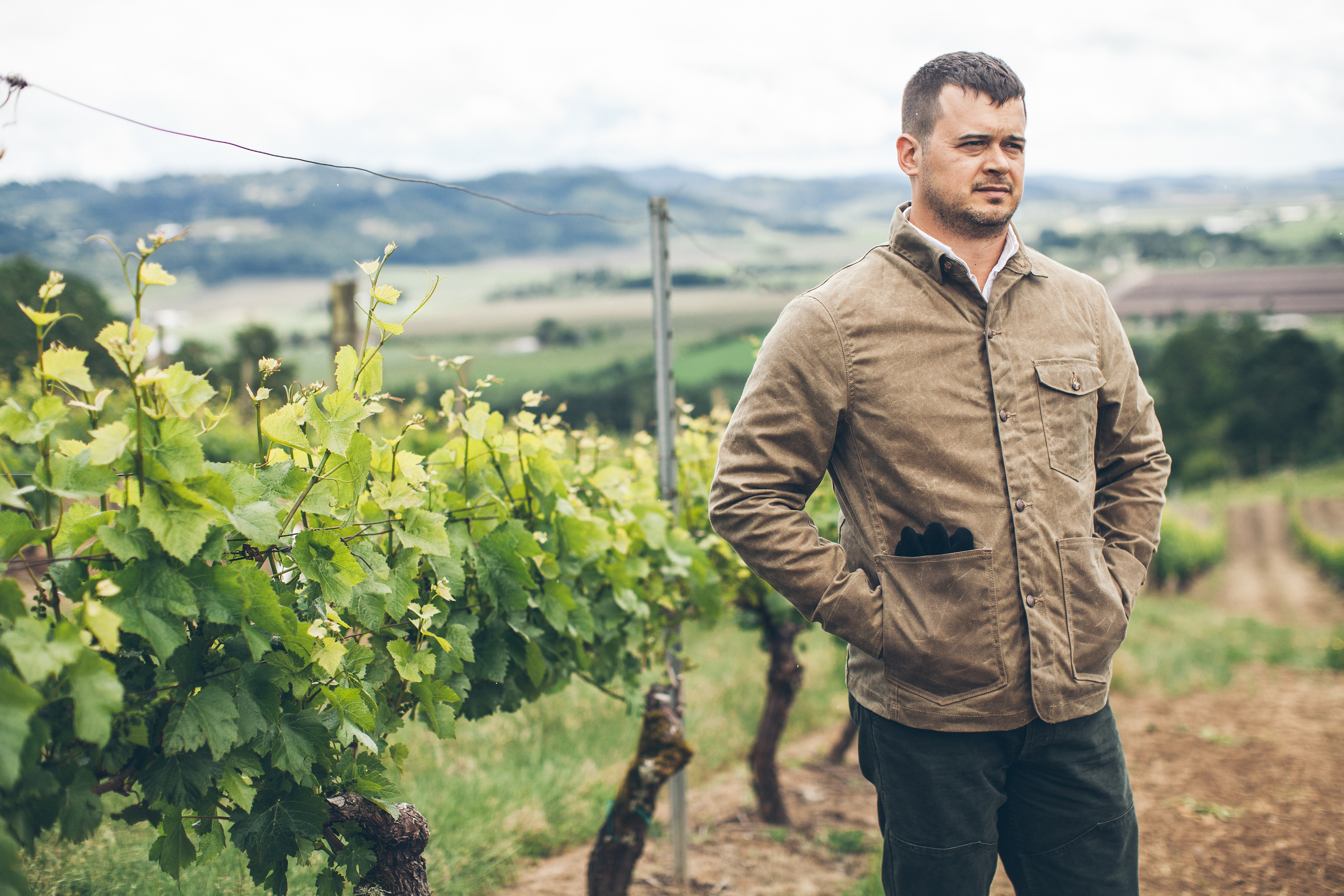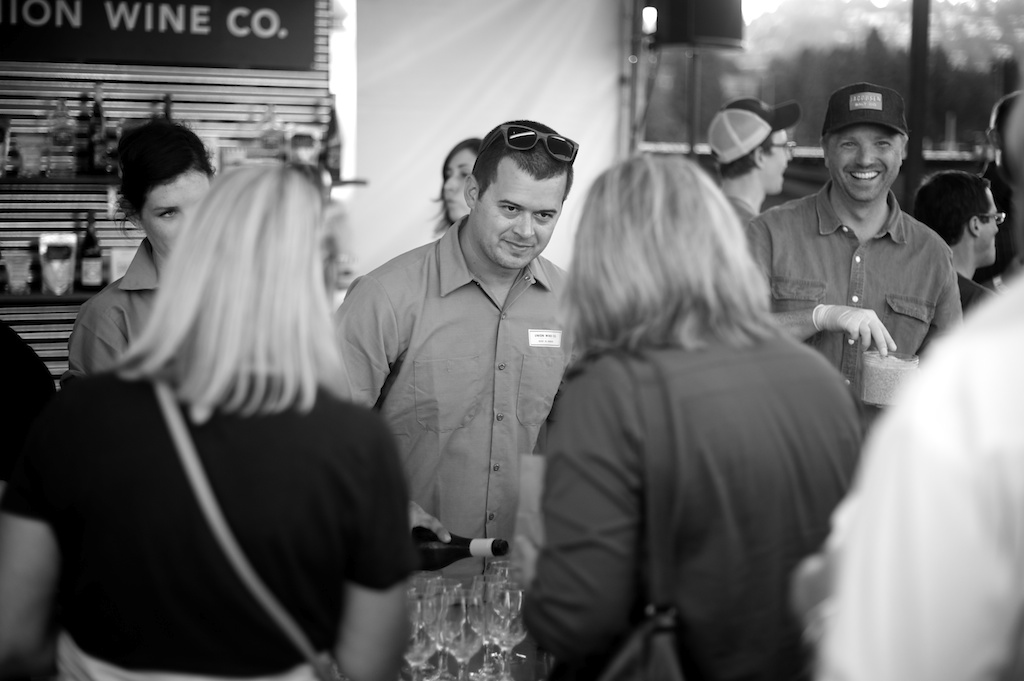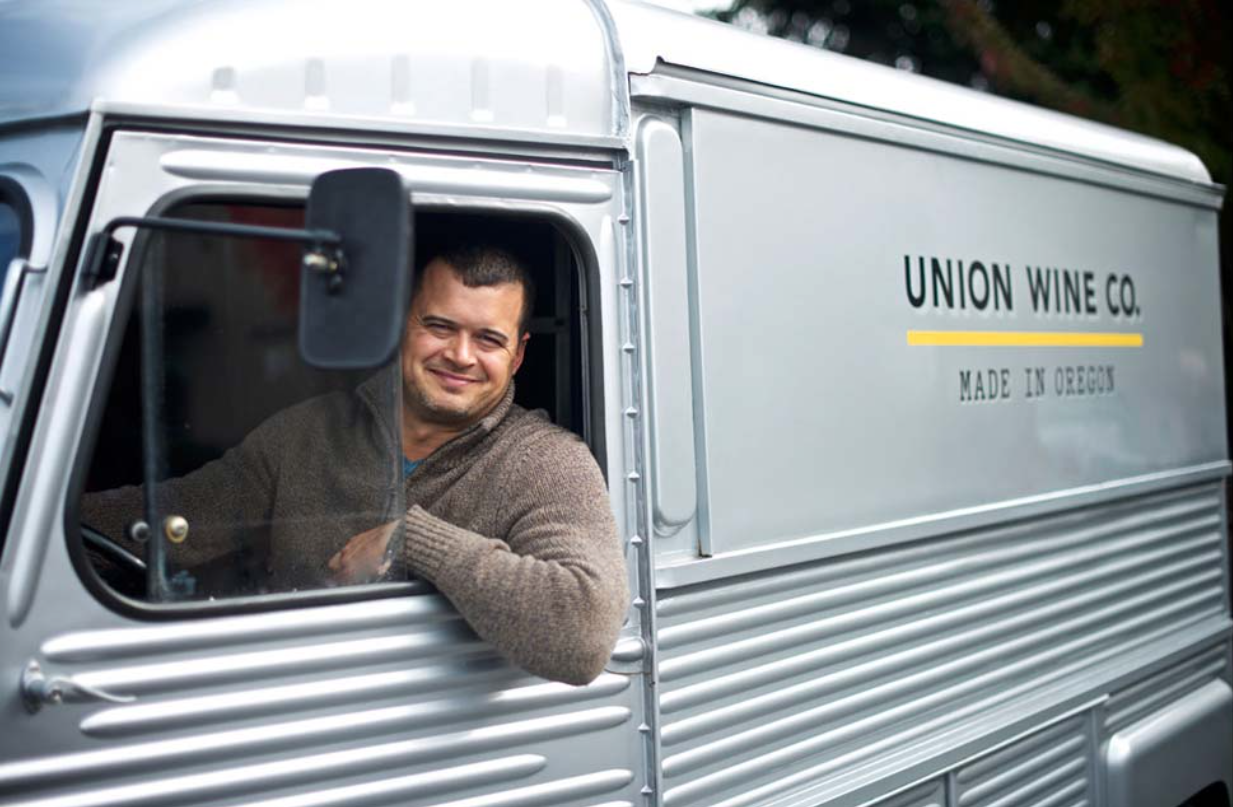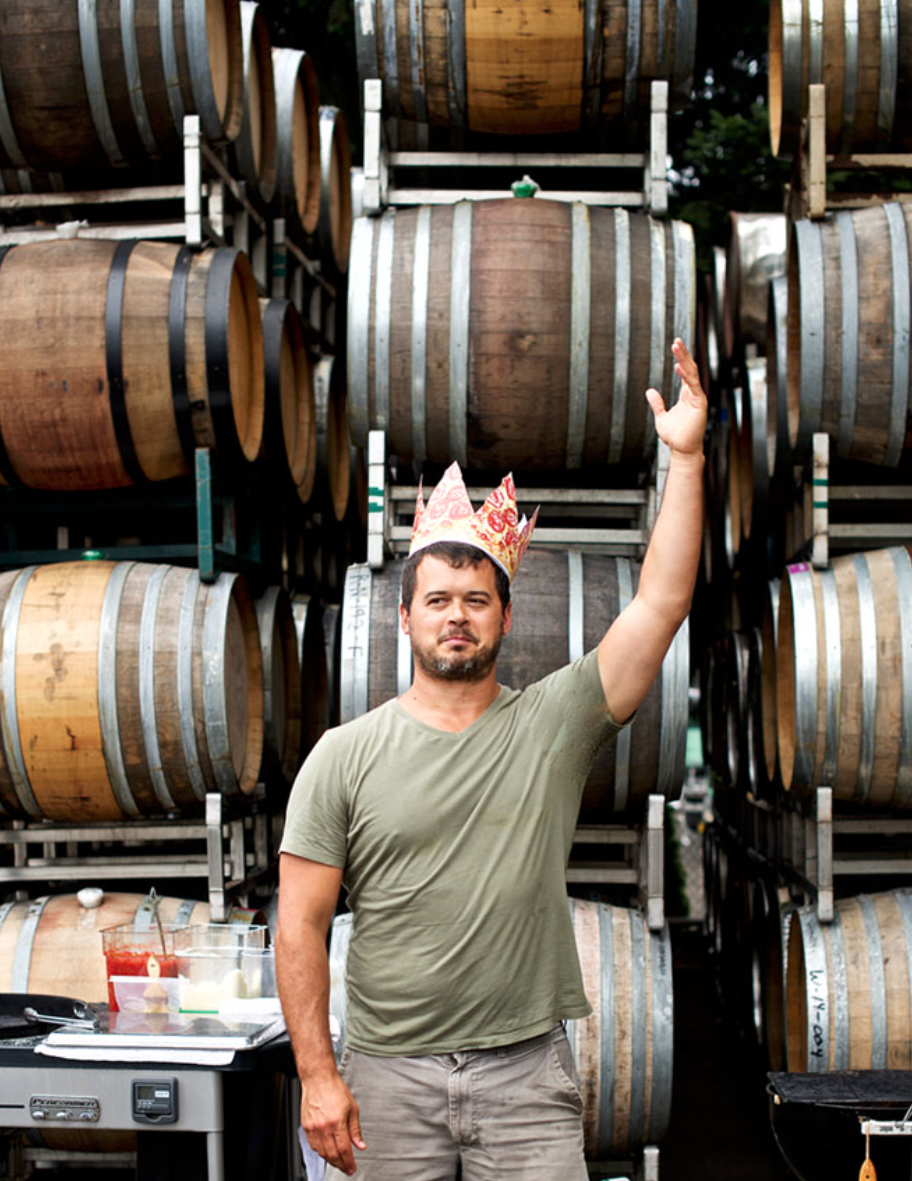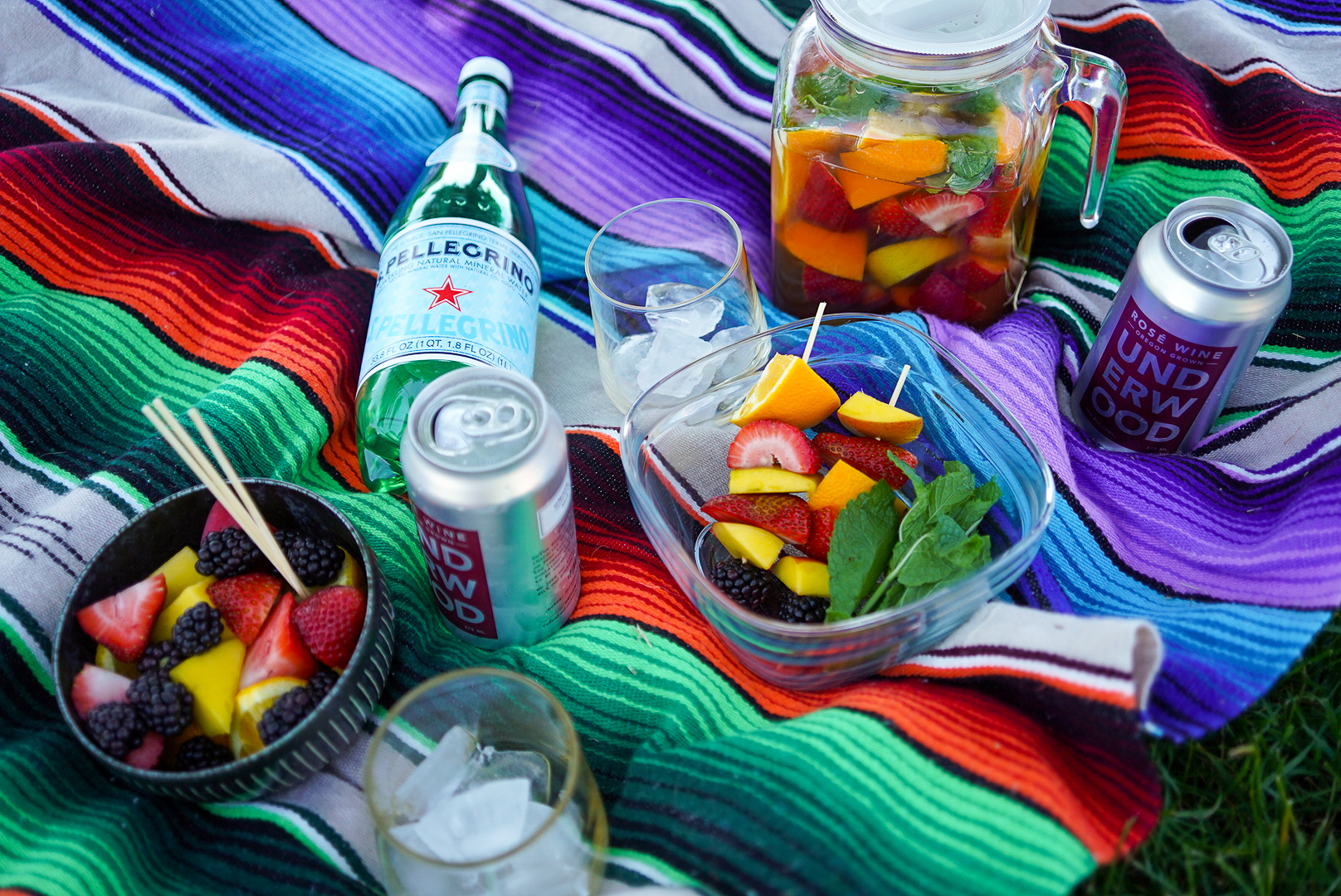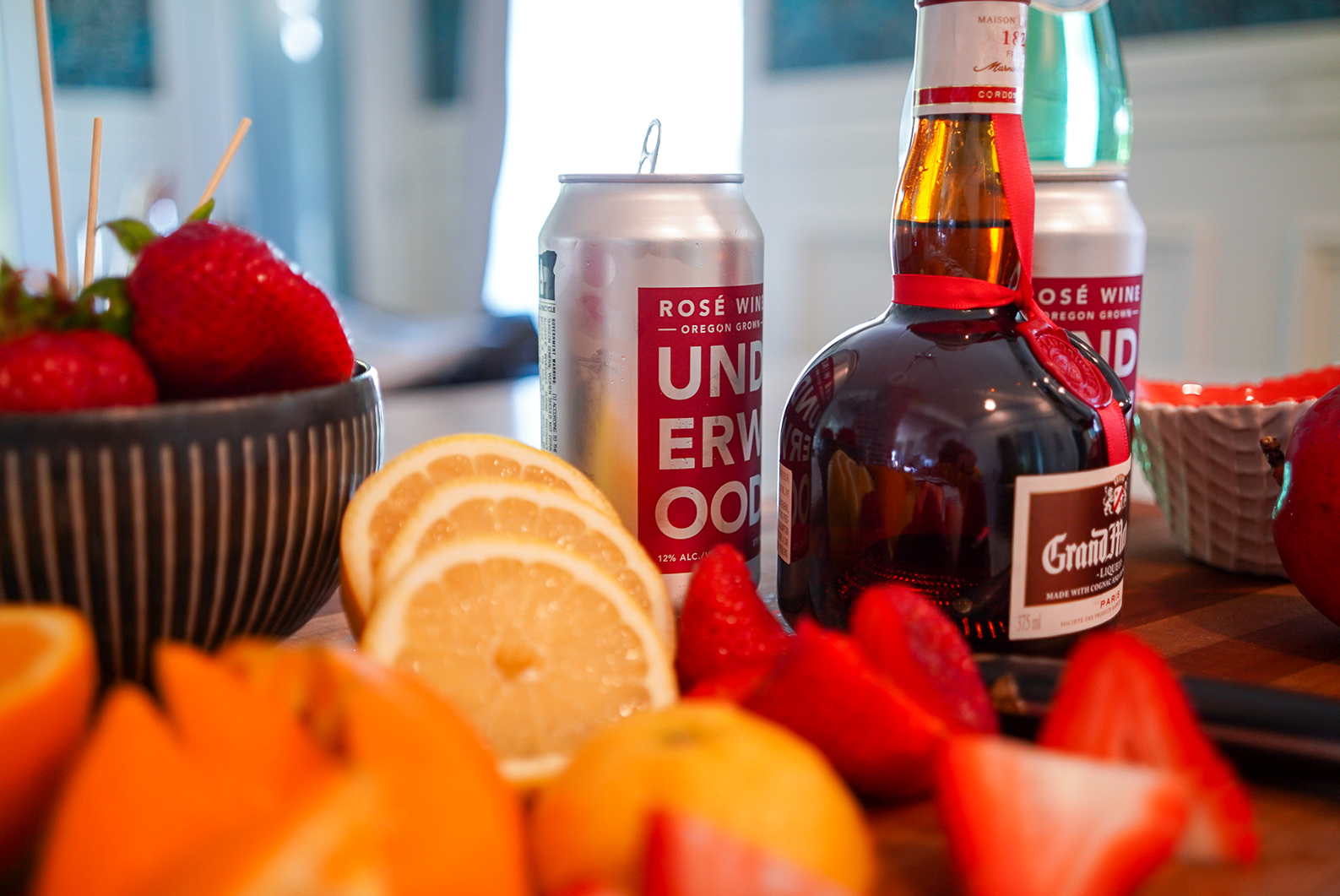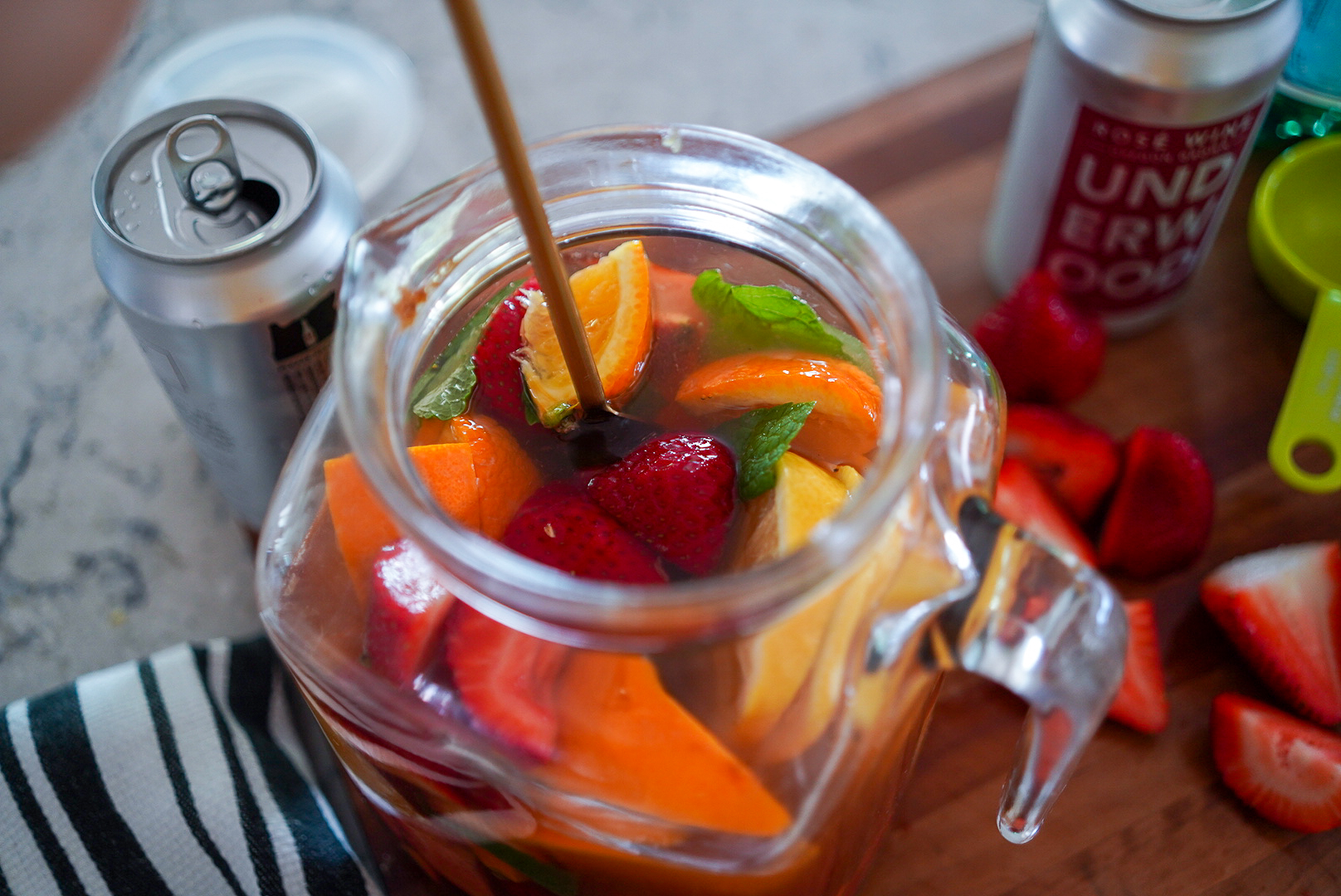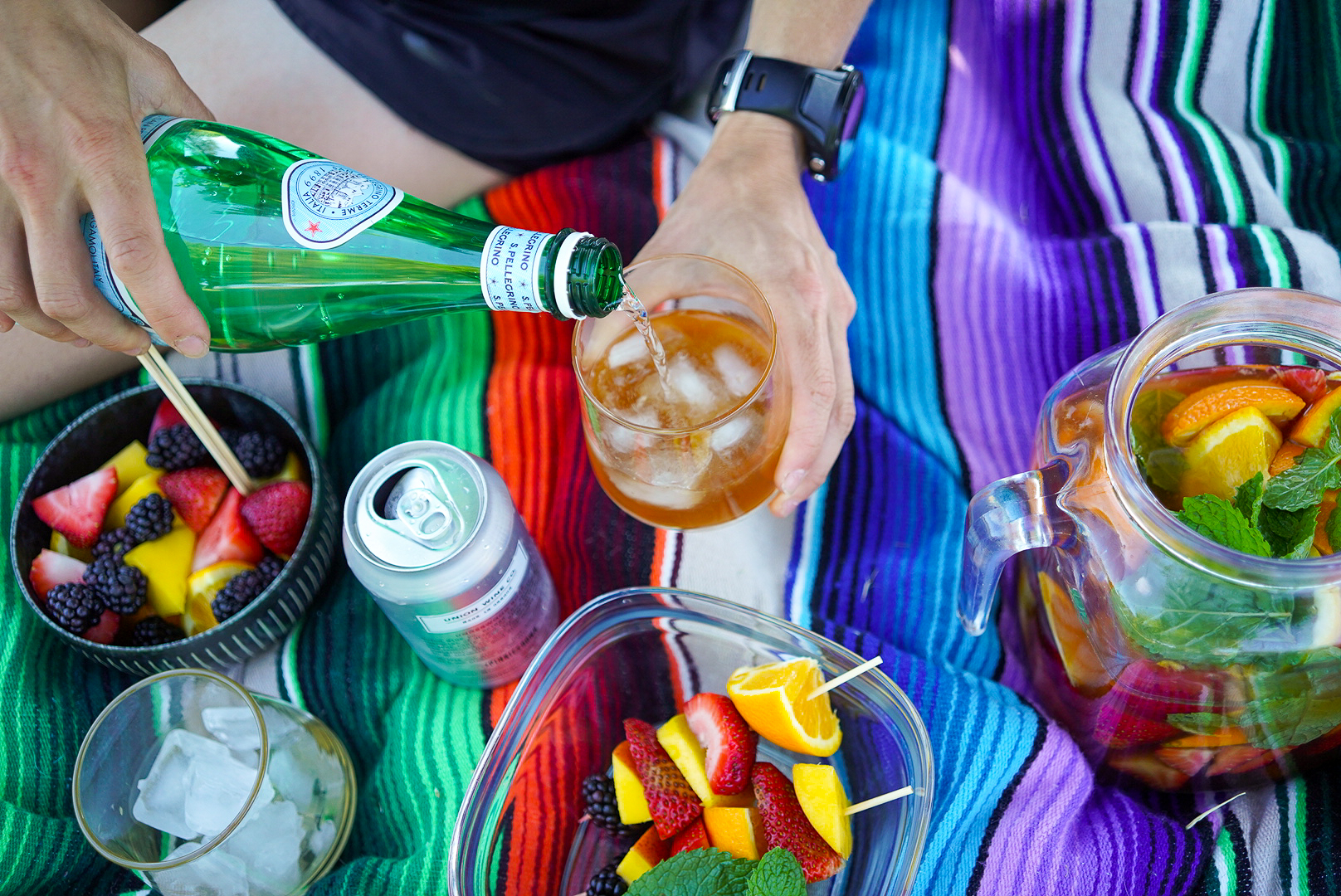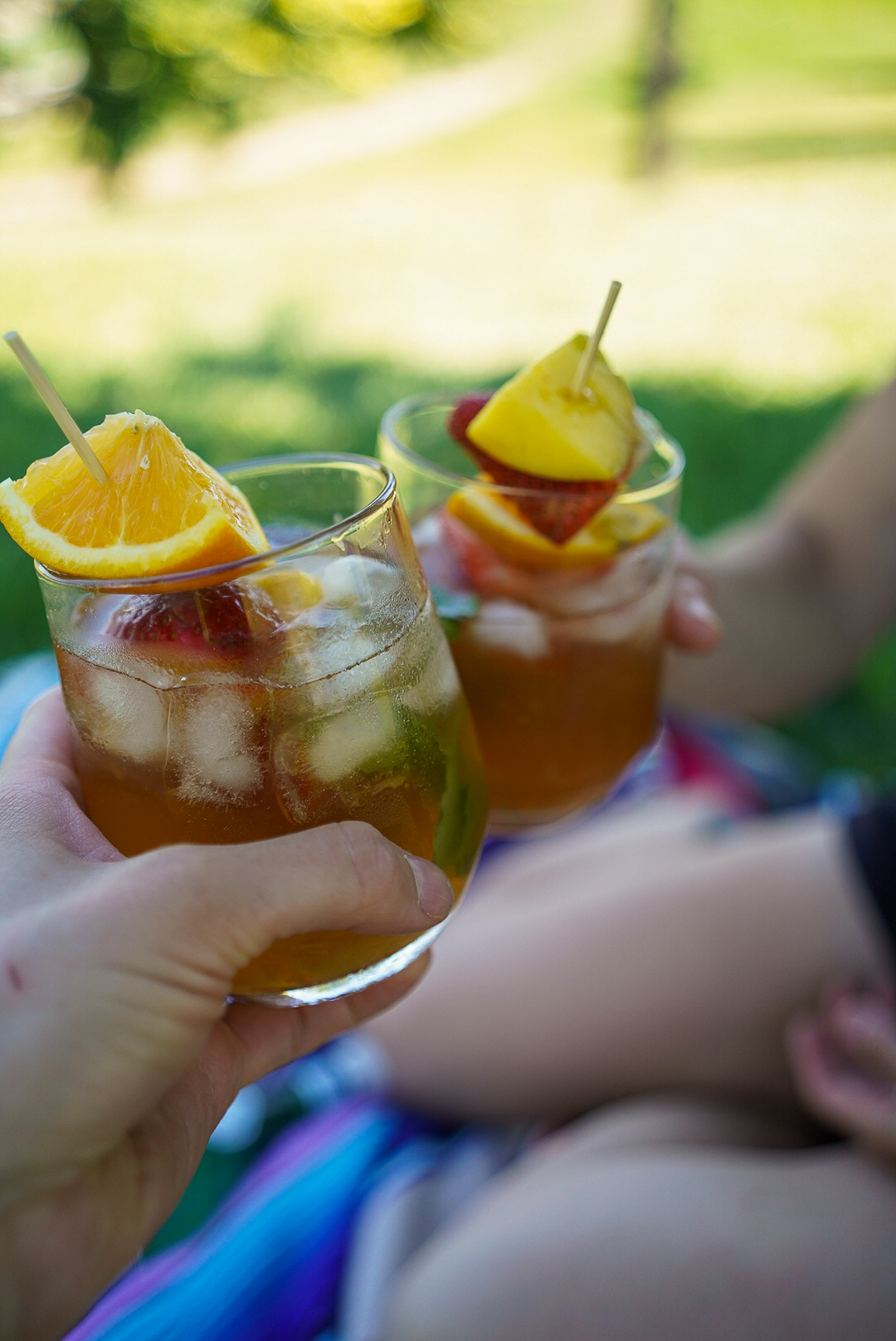We’ve been fans of North Drinkware since their launch on Kickstarter in 2015 and have sipped many beverages out of their glasses over the years. One day in the summer of 2020, after one or two of those beverages, we worked up the courage and decided to reach out to see if there might be an opportunity to partner on something creative. Needless to say, they were all-in and hit the ground running with a design unique to their process that captures the essence of Oregon. We’re so excited for you to experience drinking wine out of these hand-made glasses.
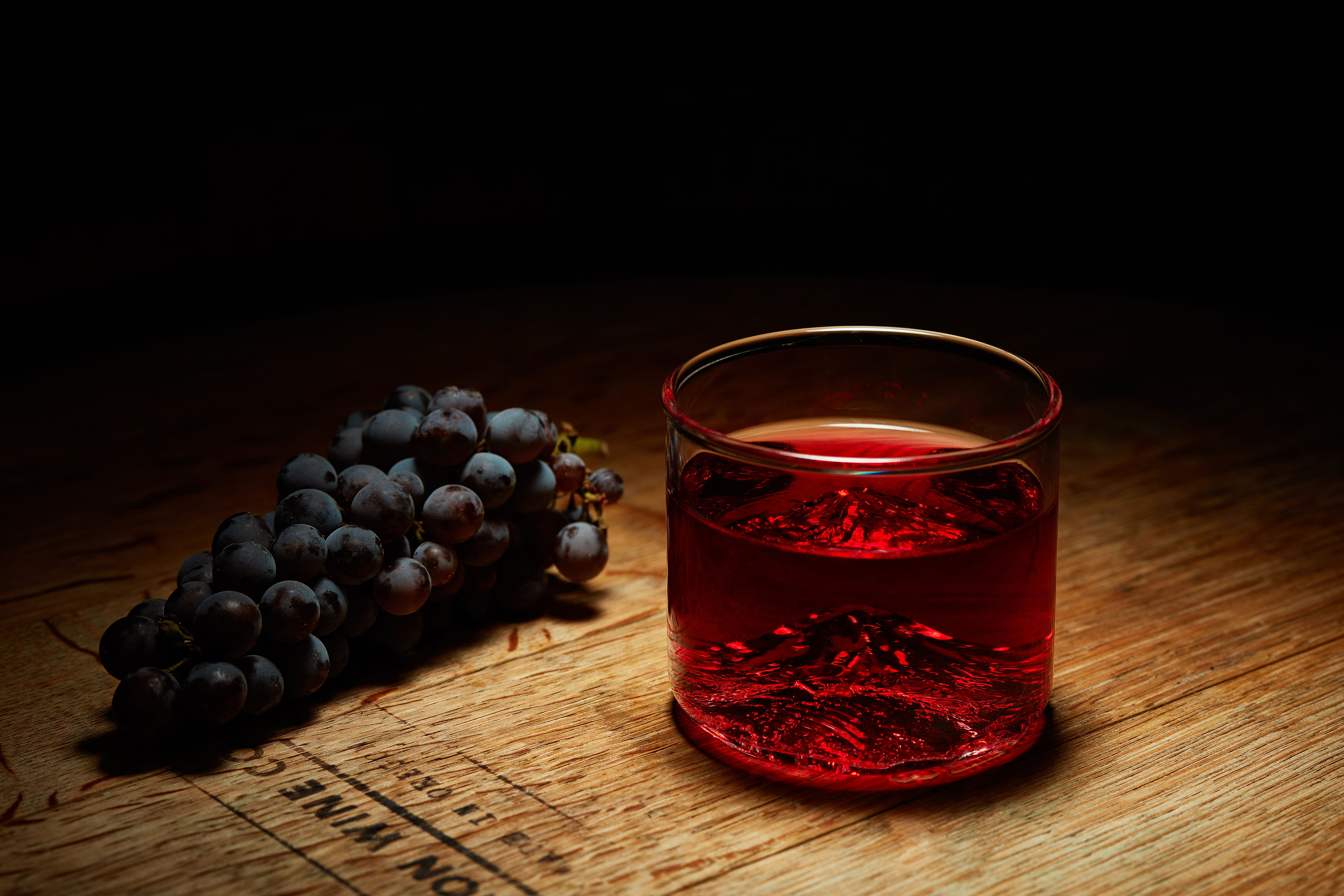
The glass shape is inspired by the everyday drinking glasses found in Spain and the design is meant to capture the essence of Oregon’s natural features through 3D depictions of Mt. Hood and our Willamette Valley wine region, featuring Amity Vineyards, separated by the mighty Willamette River. At 6oz, the glass is a perfect size and celebrates our philosophy that the experience of enjoying your evening pour doesn’t require a stemmed glass. Like our wines, these glasses are hand-made locally in Oregon.
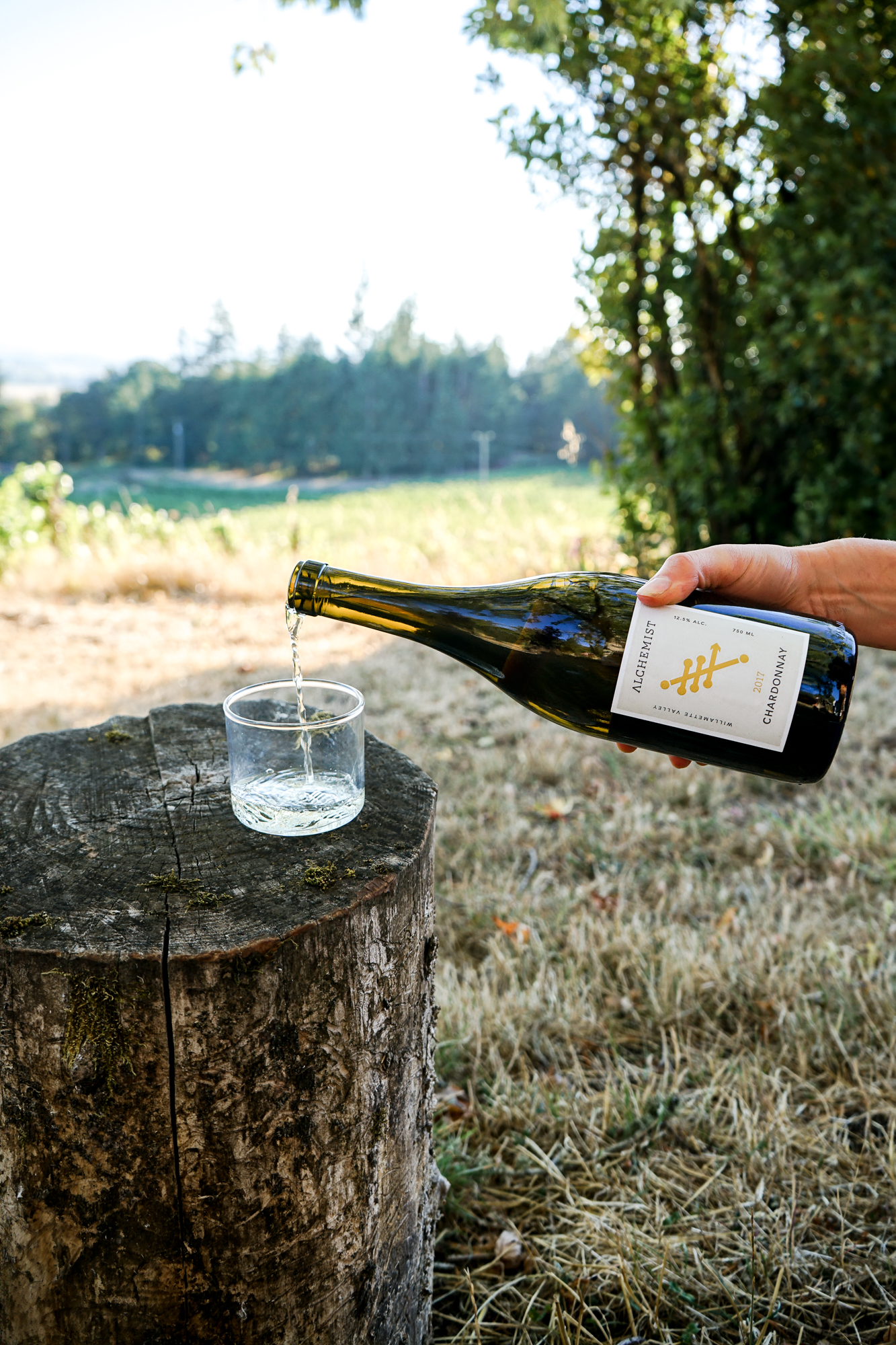
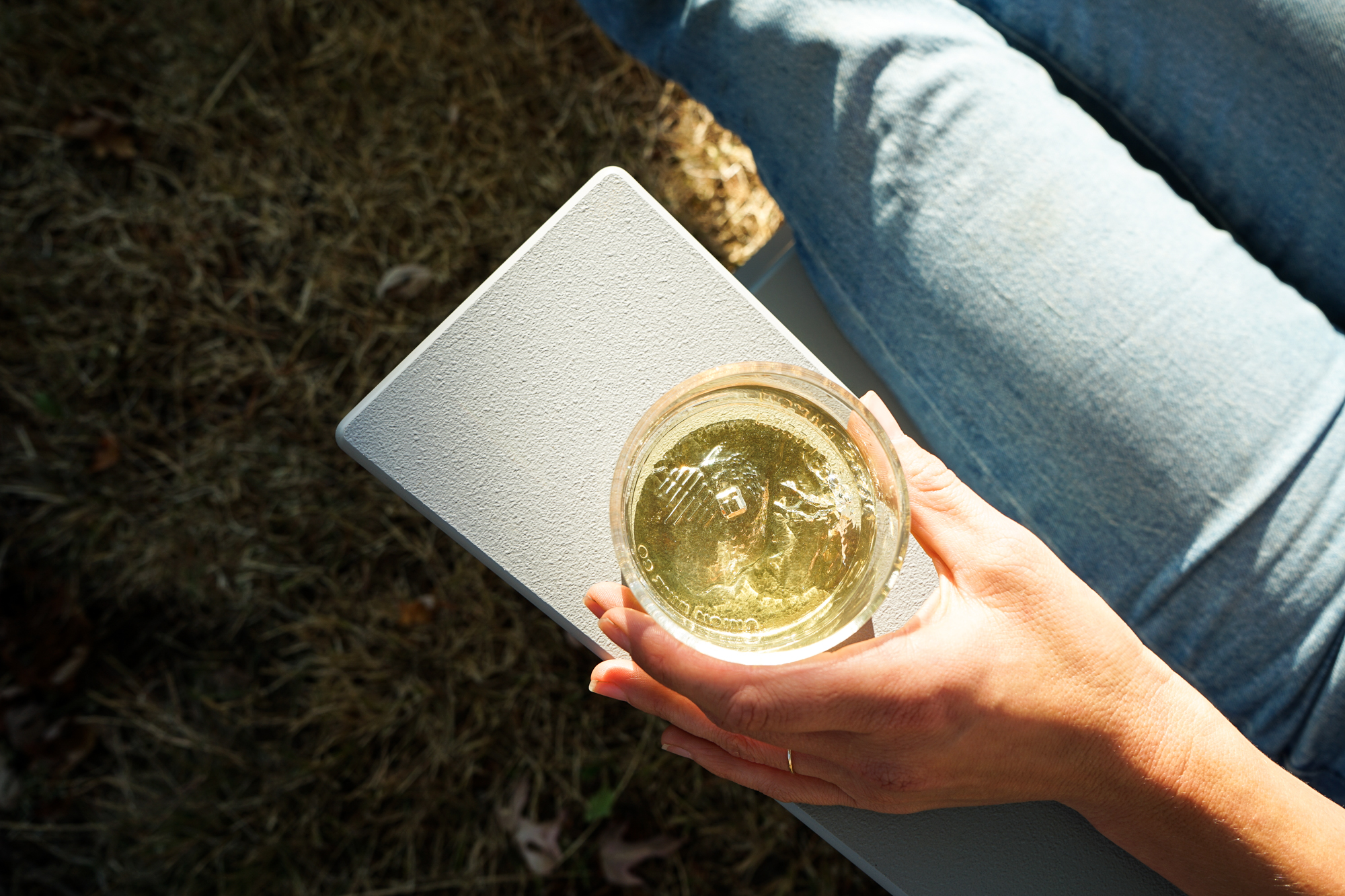

North Drinkware is known for their premium hand-blown glasses which feature popular mountains in the base of each one, all made in Portland, Oregon. Their deep love of the outdoors inspired the start of the brand and allows everyone to bring the mountains home.
North Drinkware and Union Wine Co. are both proud members of 1% for the Planet and with this partnership, both are donating 1% of sales to Willamette Riverkeepers. Willamette Riverkeeper’s mission is to Protect, Restore, Enjoy. They believe a river with excellent water quality, abundant natural habitat, safe for fishing and recreation is a basic public right.
You can purchase the glasses here. Cheers.
